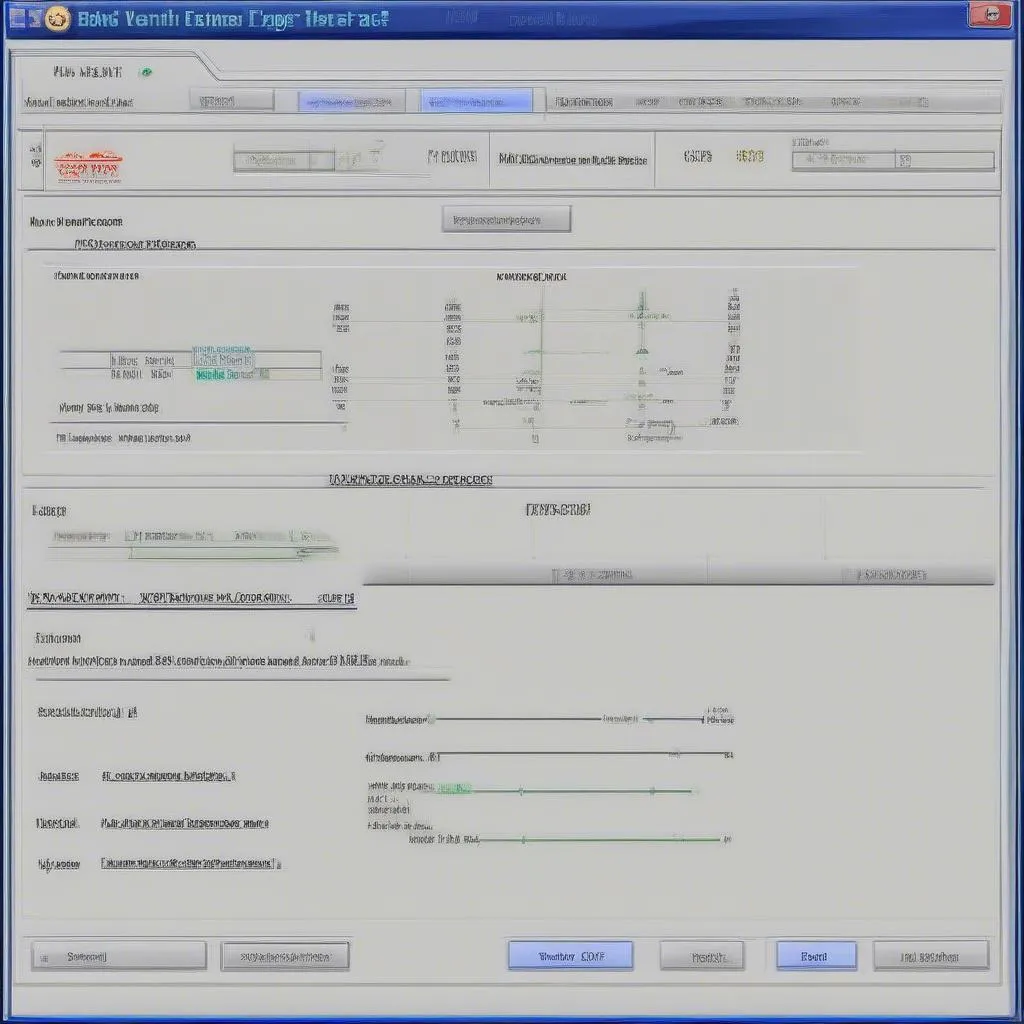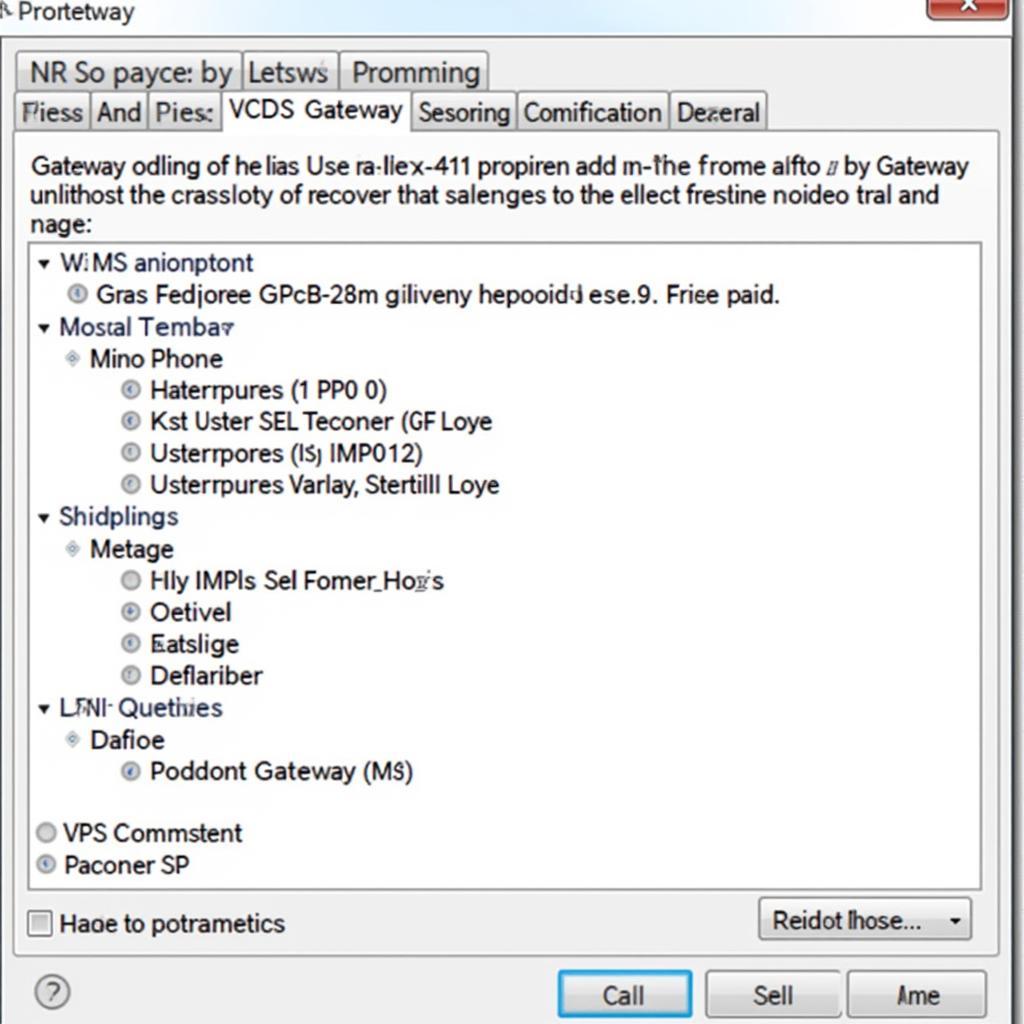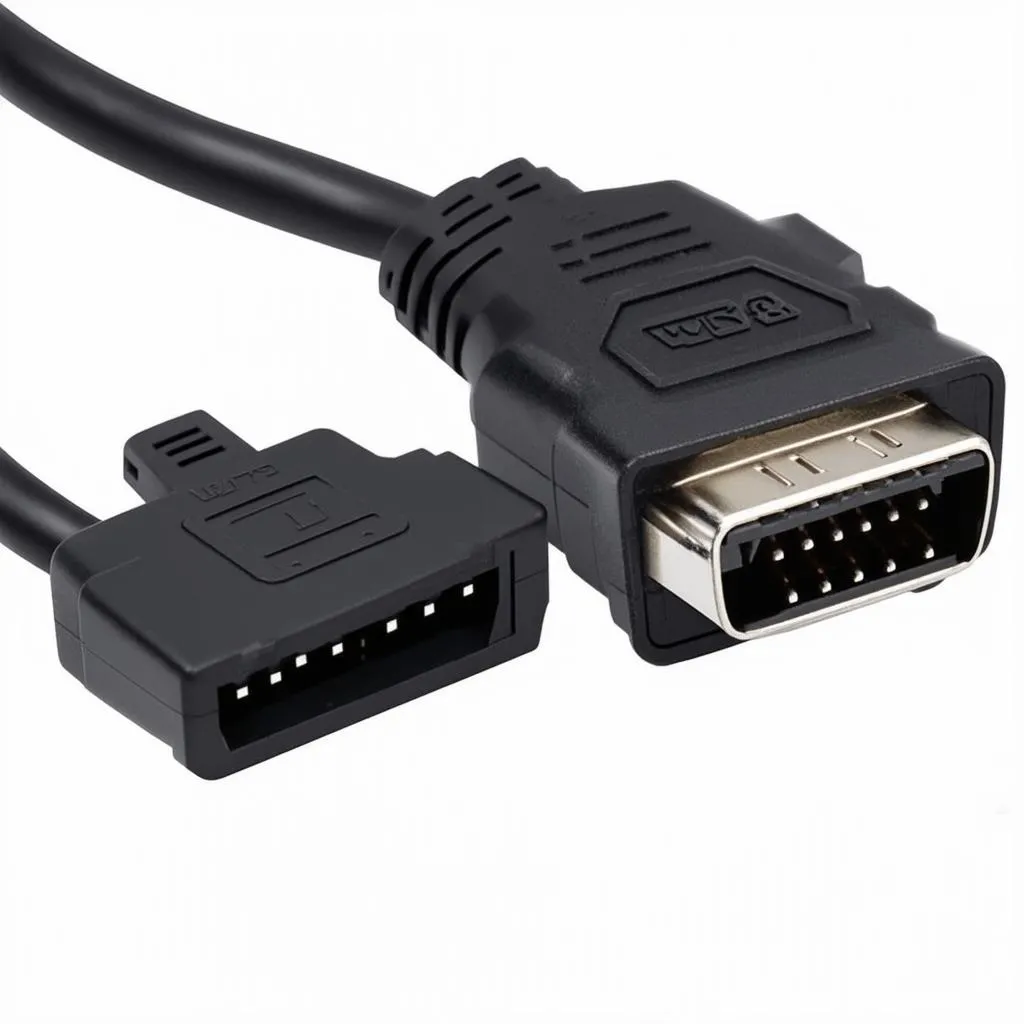VCDS, also known as VAG-COM, is an indispensable tool for diagnosing and troubleshooting issues in Volkswagen Audi Group (VAG) vehicles. One of its powerful features is the ability to access and interpret injector measuring blocks. These blocks provide a wealth of data about the fuel injectors, helping technicians pinpoint problems and ensure optimal engine performance.
What are VCDS Injector Measuring Blocks?
Injector measuring blocks are essentially data points within the engine control unit (ECU) that display real-time information about the fuel injectors. This data includes parameters like:
- Injector On Time: The duration for which an injector is commanded open during an engine cycle.
- Fuel Quantity Injected: The amount of fuel delivered by each injector per cycle.
- Injection Timing: The precise moment in the engine cycle when fuel injection occurs.
- Injector Balance: A comparison of fuel delivery across all cylinders to identify imbalances.
 VCDS Injector Measuring Blocks
VCDS Injector Measuring Blocks
Why Are Injector Measuring Blocks Important?
Analyzing injector measuring blocks is crucial for diagnosing various fuel system and engine performance issues. Here’s why:
Diagnosing Injector Problems
- Clogged Injectors: Restricted fuel flow through an injector can be detected by comparing its fuel quantity injected with others.
- Leaking Injectors: Excessively high fuel quantity injected values might indicate a leaking injector.
- Electrical Faults: Issues with injector wiring or the injector driver circuit can manifest as erratic or absent injector on-time values.
Optimizing Engine Performance
- Fuel Economy: By ensuring injectors are delivering the right amount of fuel at the right time, optimal fuel economy can be achieved.
- Engine Smoothness: Balanced injector performance contributes to a smoother running engine, reducing vibrations and noise.
- Emissions Control: Properly functioning injectors are crucial for meeting emissions standards.
 Faulty Fuel Injector Symptoms
Faulty Fuel Injector Symptoms
How to Access and Interpret Injector Measuring Blocks in VCDS
Accessing injector measuring blocks in VCDS is a straightforward process:
- Connect VCDS to your vehicle’s OBD-II port.
- Turn the ignition on but don’t start the engine.
- Launch the VCDS software.
- Select “Select Control Module.”
- Choose “Engine” (typically labeled 01-Engine).
- Go to “Measuring Blocks” or “Data Display.”
- Locate the measuring block group for fuel injectors.
Note: The exact measuring block numbers for injector data can vary between different VAG models and engine codes. Consult the VCDS software documentation or a reliable online resource for your specific vehicle.
Interpreting the data requires some understanding of engine operating principles and expected values. Here are some key points:
- Compare Values: Look for significant deviations in injector on time, fuel quantity injected, and injection timing between cylinders.
- Consider Operating Conditions: Values will change based on engine load, RPM, and temperature.
- Consult Factory Specs: Compare the measured values with the manufacturer’s specified ranges for your engine.
Frequently Asked Questions
Q: Can I adjust injector settings using VCDS?
A: VCDS allows for basic adaptations, like adjusting injection timing, but it’s generally recommended to leave major adjustments to qualified technicians.
Q: My injector measuring blocks show negative values. What does this mean?
A: Negative values in some blocks can indicate a correction factor being applied by the ECU. Consult the specific block definition in VCDS for interpretation.
Q: I suspect a faulty injector. What should I do?
A: While VCDS can help identify potential injector issues, it’s best to consult with a qualified mechanic for further diagnosis and repair.


